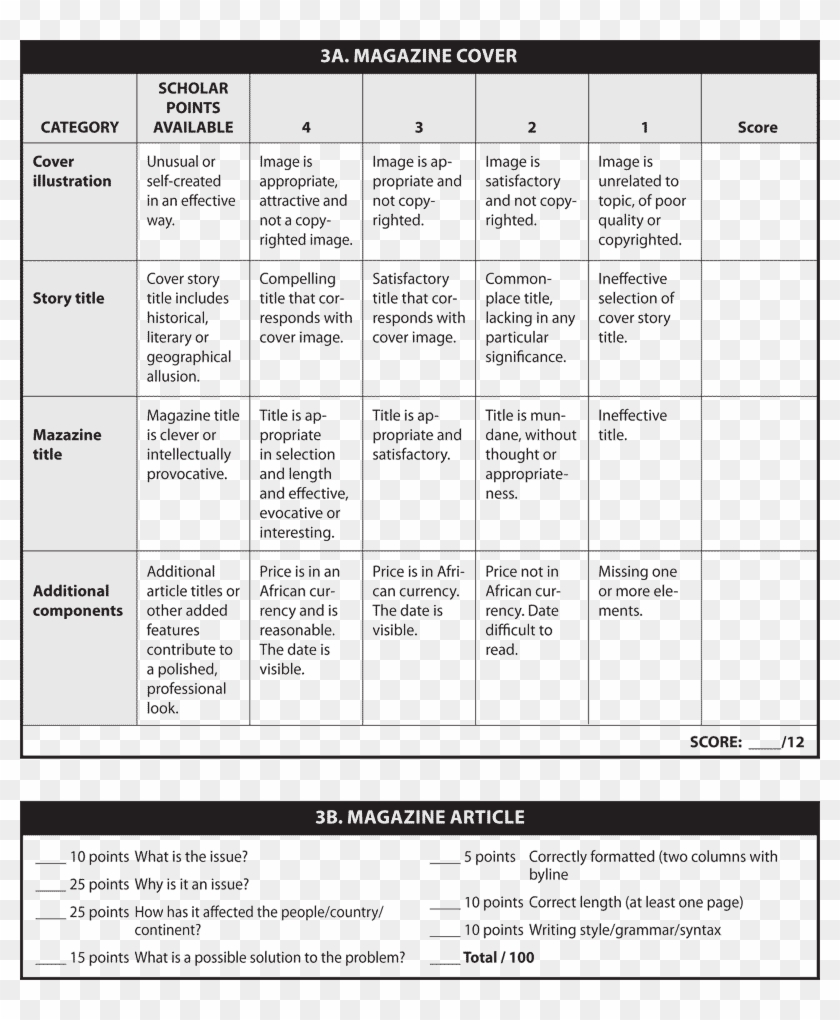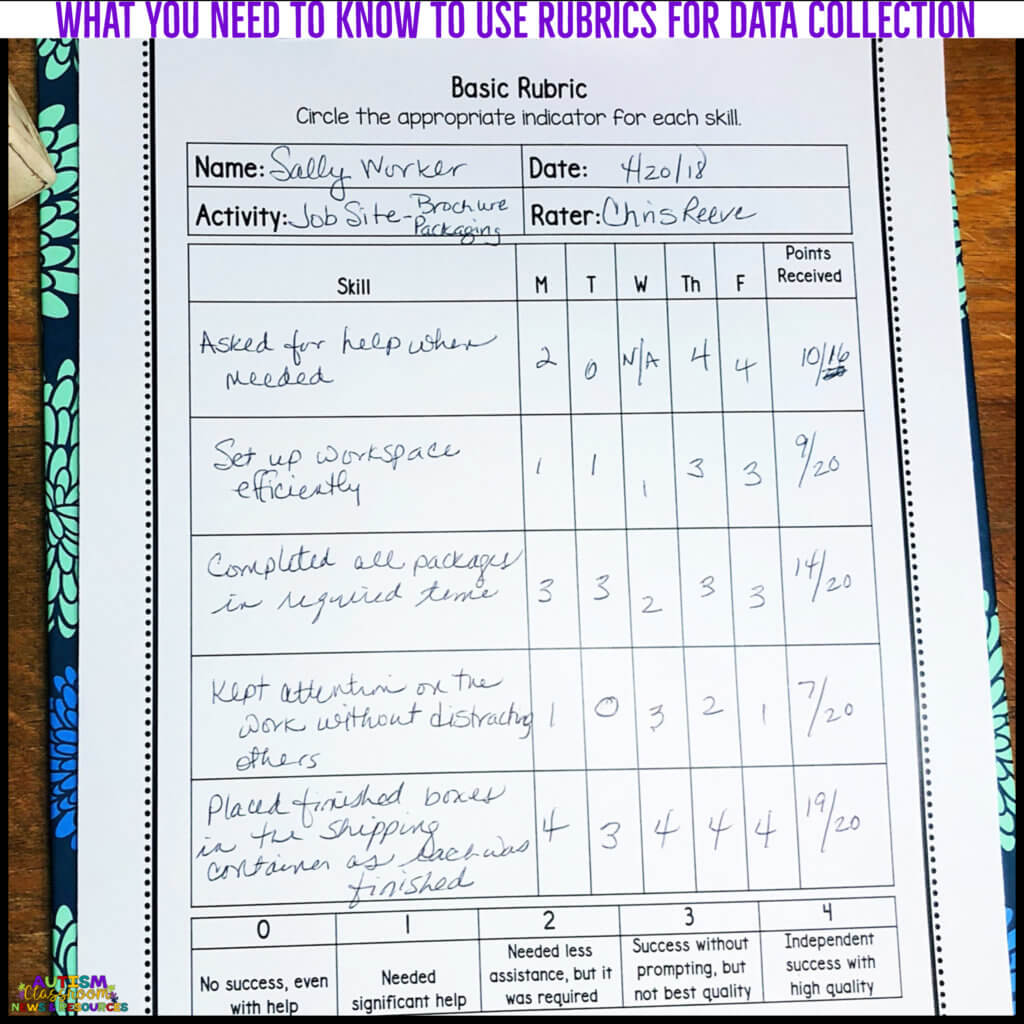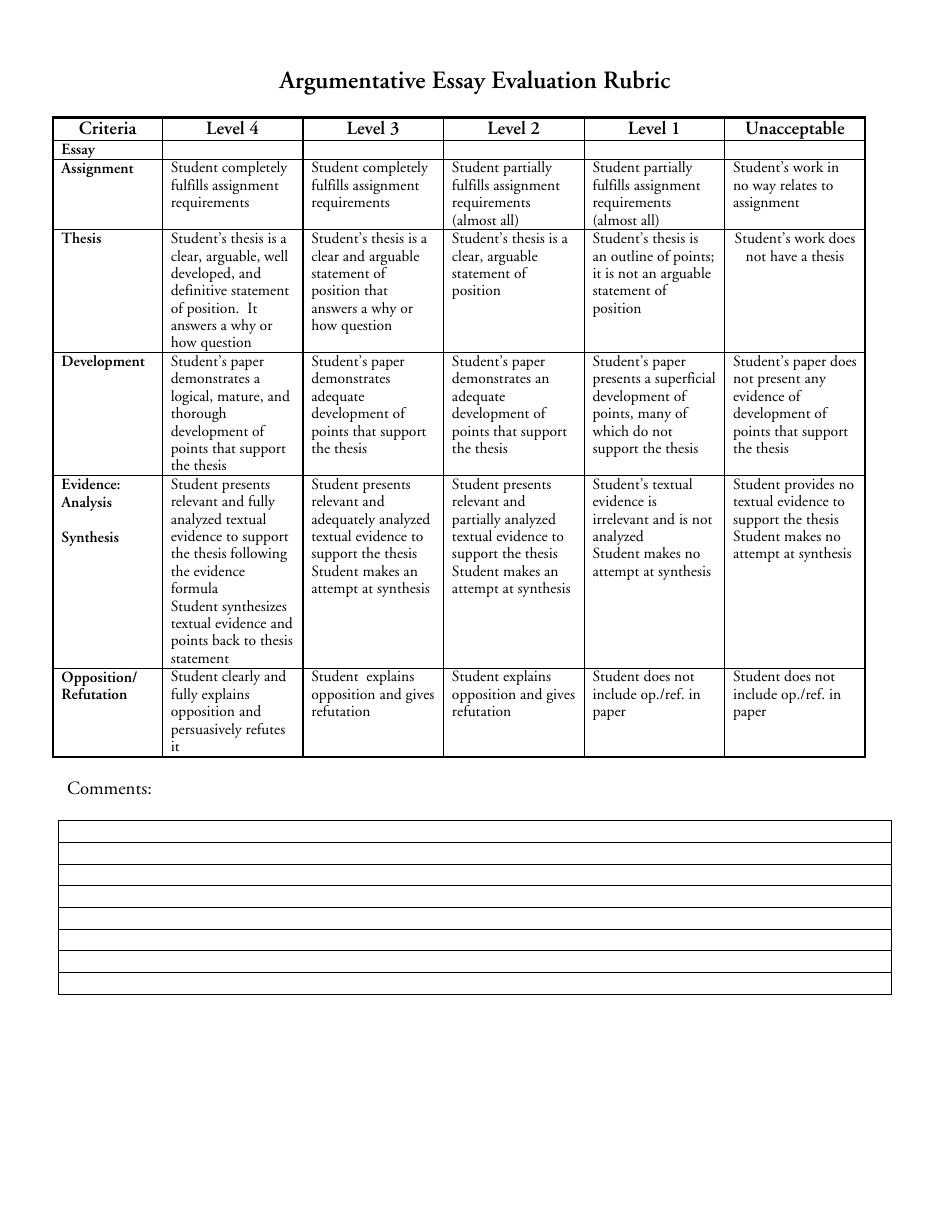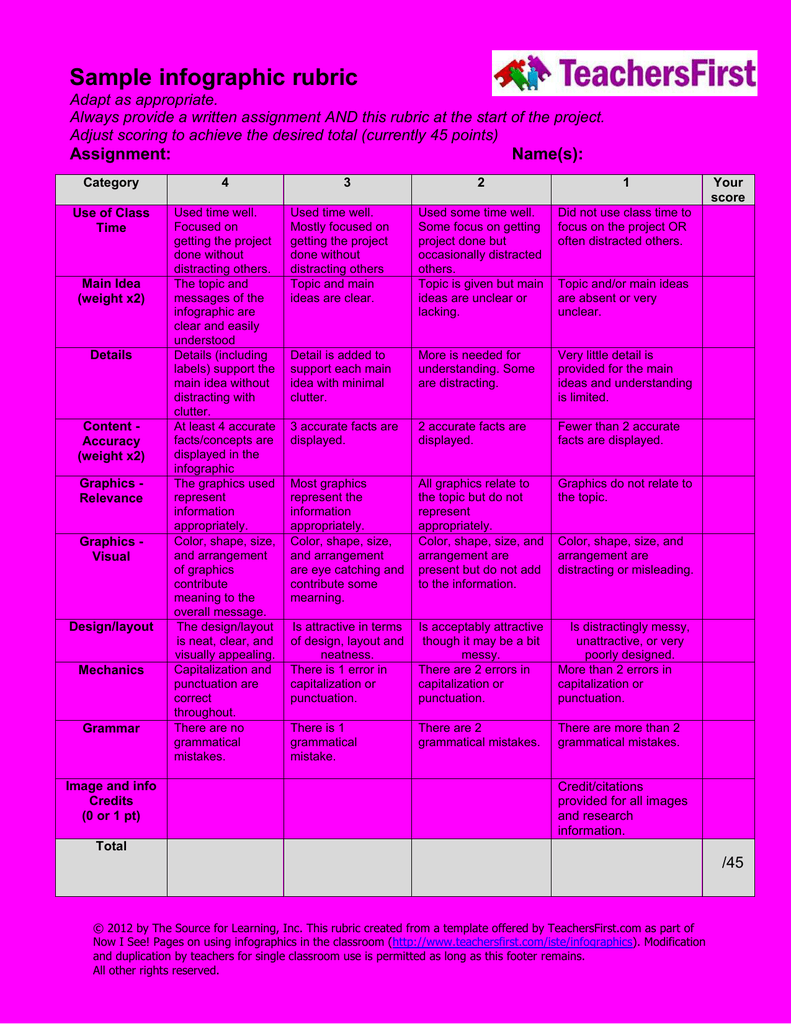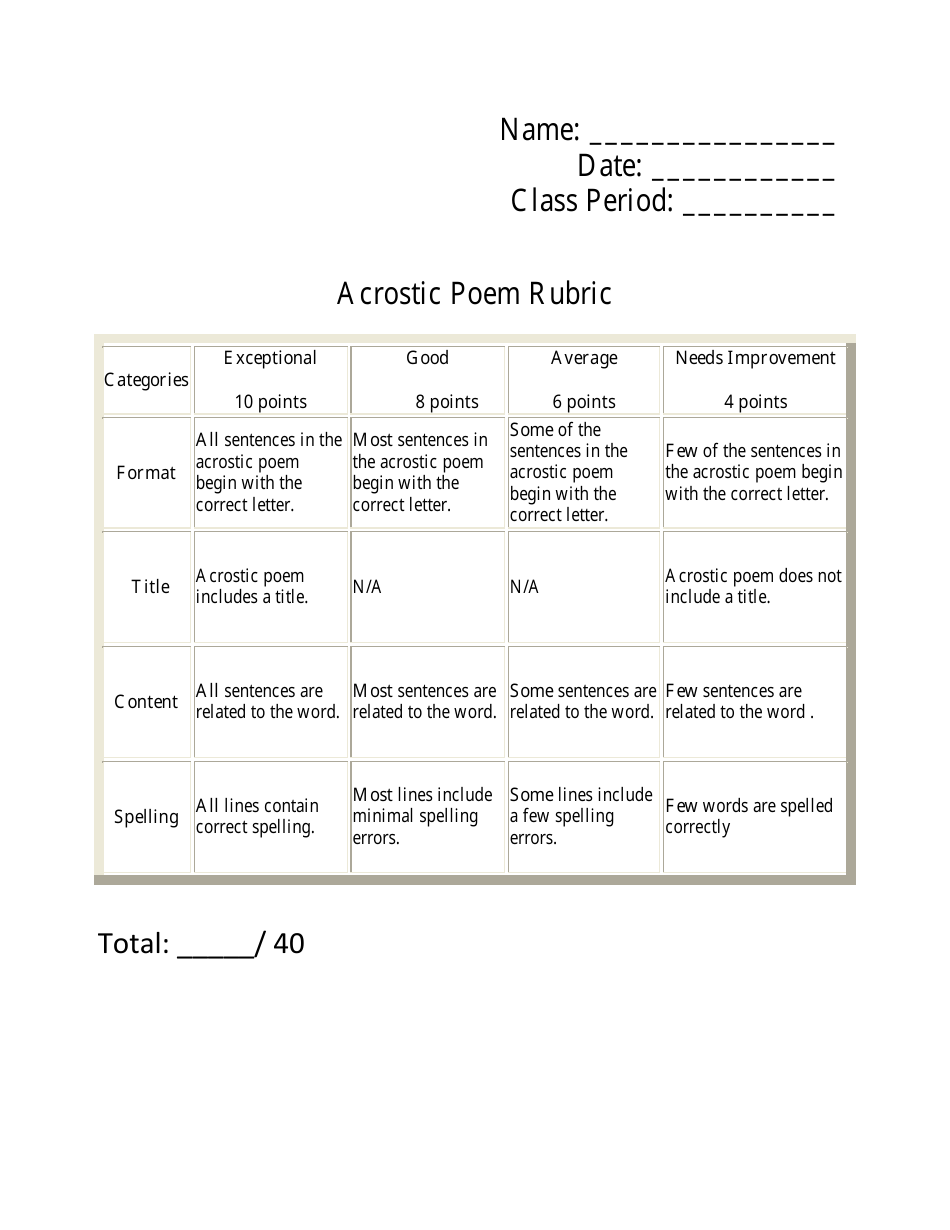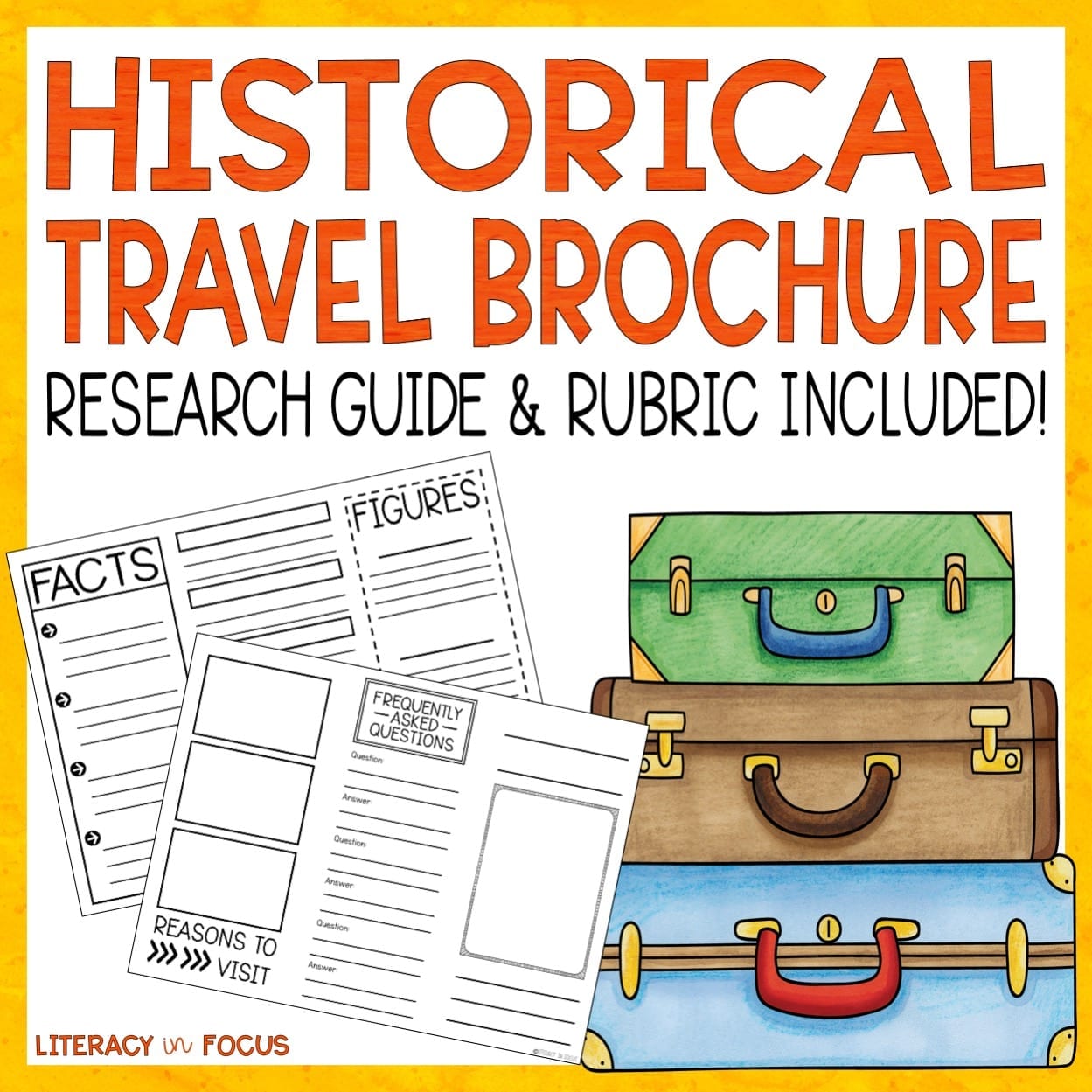NOTES AND CORRESPONDENCE

Thomas M. Disch, R.I.P. Science-fiction author, poet, playwright, critic, and iconoclast Thomas M. Disch dead himself on July 4, 2008 at the age of 68, afterward a diffuse depression. His Livejournal blog, “Endzone” (<http://tomsdisch.livejournal.com/>), drew some ballyhoo for its accidental anti-Muslim and anti-immigrant rants, giving aching affirmation of how Disch’s angle on the apple blurred in his final years. That he chose Independence Day to say accomplishment is not hasty to anyone who remembers his belittling 1965 atypical The Genocides, in which the conflicting invaders’ edict to abate earthbound activity is delivered on July 4, an adumbrated admonishment to the angry airs of Vietnam-era America. That novel, like abundant abroad in Disch’s life, sparked controversy, acceptable a flashpoint for the developing wars over the New Wave, with its accidental adjournment of the heroism, scientism, speciesism, and added isms that credible the US ashen tradition. It is a agitating irony that this and added Disch novels, including Affected Absorption (1968), 334 (1973), and On Wings of Song (1985), accept arise to be acclaimed as abstruse in a brand he scorned—in such books as The Dreams Our Stuff is Fabricated Of (2000) and On SF (2005)—as juvenile, provincial, and aesthetically impoverished.
This is not the abode to adjudge Disch’s biased appearance of sf, nor alike to attack the arrangement of career arbitrary so ably managed by Locus annual in its accolade folio (<http://www.locusmag.com/2008/Disch_Obit.html>), which appearance links to memorials by accompany and critics who knew Disch far bigger than I. John Clute’s obituary in the Independent, affiliated on the Locus page, cannot be bettered for its calmly eloquent, stoically afflicted valedictory. Clute’s animadversion that “the affection of Disch in actuality … was glee” does abundant to adverse the consequence accustomed by some boorish commentators that he was a constitutionally austere and contemptuous man whose ascetic verdicts about sf can accordingly be abandoned as bald griping. Clute’s animadversion about Disch’s built-in agitation additionally tallies with my own bashful experience: I met the columnist twice, in 1986 and afresh in 2001, and while I was abashed by his concrete abatement in the interim, I was additionally charmed by his ablaze wit and absolute generosity.
The antecedent affair was prompted by my aboriginal appointment to New York City, Disch’s anchorage and alleged hometown. I had abounding the Clarion SF Writers Workshop at Michigan State the antecedent summer, and I thought, in my naïve pride, that this gave me leave to acquaintance Disch out of the dejected to beforehand a meeting. So I beatific him a badly green fan letter adage that he was my admired sf biographer (which was true), while additionally opining that I was myself an aggressive biographer of some agenda (which was not true), and analogue my approaching visit. He responded with an allurement to buzz him aback I accomplished the Big Apple. This I did, and we abiding to accommodated at a architecture that was hosting an exhibition he was agog to see. Aback I arrived, Disch was continuing at the aperture annual a currently accustomed hard-sf novel, which afraid me because this did not assume the arrangement of book to which he would frequently be drawn. He laughed aback I mentioned this, and said it was important to accumulate an eye on what the adversary was up to. He afresh led me through a gauntlet of paintings by Eric Fischl, a arcade of boyish masturbators and voyeurs that seemed, to my bigoted self, to beset all the acrimonious corruption of burghal modernity. As we larboard the museum, Disch angry to me with a adequate smile and artlessly asked, “Sated?”—at which point I realized, for conceivably the aboriginal time in my life, that art could be someone’s food, that it could nourish. Then, for accession two hours, he gave me a guided bout of his admired burghal haunts, expatiating on the literary-historical acceptation of assertive venues in a way that went far over my arch but whose accessible wit and bookishness I accept never forgotten. I additionally never forgot the amazing affection that led this acclaimed and active man to agitation himself so abundant over a absolute stranger.
The added and aftermost time I met Disch was at the 2001 All-embracing Appointment on the Absurd in the Arts, breadth he was an columnist bedfellow of honor. I was hardly afraid that he didn’t bethink me, admitting I was abashed at how brittle he seemed, walking with a pikestaff and aptitude on the arm of his activity partner, Charles Naylor, who was acutely a barrier in abounding means (and whose abortive afterlife in 2005 was a above annual of Disch’s coast into depression). In 1986, Disch had seemed badly hale, but—as he reminded a army of conference-goers who were chatting fatalistically about their own mortality—“time is the blaze in which we burn.” I was actual appreciative of myself for acquainted the Delmore Schwartz allusion, although shamefully, I knew it from a advertence in the blur Star Trek Generations (1994) rather than from my grad-school apprenticeship in American literature. At ICFA, I had the abundant pleasure, during a bologna gathering, of introducing Disch to four star-struck PhD acceptance of my own from the University of Iowa, and he proceeded to agreeableness them in the effortless way that I remembered. One of them had the odd addiction of accustomed about blimp animals that he invested with personality and with which he about conversed. Disch, with artless relish, affianced not alone him but his absolute assembly in a bantering, mock-scholarly chat about the evolutionary amount of fur that had the blow of the table in stitches. I’m assertive he has larboard my beholden students, as he already larboard me, with active memories of a acclaimed sf columnist whose assignment may be relentlessly aboriginal and austere but whose ample affection was abounding of glee.—RL
Donald F. Theall (1928-2008). With the afterlife of Assistant Donald F. Theall, science fiction and Science Fiction Studies accept absent a abundant acquaintance in the bookish world. His acclaimed career took him from apprenticeship at Yale and Toronto to professorships at Toronto and McGill, and afresh to the Presidency of Trent University. Meanwhile, his assignment abundant from his alum theses on poetics and communication, directed by Cleanth Brooks and W.K. Wimsatt, Jr., and afresh Marshall McLuhan, to the advertisement of an all-encompassing arrangement of paraliterary and para-aesthetic accessories on communication, film, media, the internet, the beat arts, the semiotics of tactility, gesture, movement, acoustic advice and acoustic interplay, and the determinative traditions of agenda cyberculture, as able-bodied as four important books on the intersections of ability and technology—two organized about McLuhan (The Medium is the Rear Appearance Mirror: Compassionate McLuhan [Montreal: McGill-Queen’s UP, 1971]; The Basic Marshall McLuhan [Montreal: McGill-Queens UP, 2001]) and two about James Joyce (Beyond the Word: Reconstructing Adroitness in the Joyce Era of Technology, Ability and Advice [Toronto: U Toronto P, 1995]; James Joyce’s TechnoPoetics [Toronto: U Toronto P, 1997]). All of these, added his beat Finnegans Web (<http://www.trentu.ca/faculty/jjoyce/>), comprised Theall’s addendum and probes into the immense activity of compassionate our pan-sensory and multi-dimensional (post) change by way of a focus on the assortment of languages answer by the mutating abstruse mediations of our accretion and interacting modes of communication, expression, experience, and knowledge.
Theall’s institution-building assignment accurate his bookish apropos and carnality versa. His chairing of the McGill English Department, during which time he supervised my M.A. apriorism on McLuhan, opened the windows of a acceptable class to let in the interdisciplinary 1960s, with all their paraliterary, verbi-voco-visual, and cyberglobal intertexts. He additionally directed McGill’s alum administration of Communications in the backward 1970s, giving actual anatomy to the discourse-generating epistemic anatomy accomplished by the Innis-McLuhan-based Toronto academy of communication. In 1979, he became founding President of the Canadian Communications Association beneath the Learned Societies explanation and appropriately broadcast the collegium of scholarship to new regions of knowledge. In the 1980s, as assistant and President, he oversaw at Trent University the beforehand to ability of North America’s aboriginal Cultural Studies B.A. and its development to graduate-level apprenticeship and research.
In time, Theall came to accept his aboriginal assignment on T.S. Eliot and James Joyce and his aboriginal interests in abolitionist accession and the beat as an captivation in the pre-history of cyberculture, which had, in time, accustomed acceleration and ambit to the sequences of McLuhan, hypermedia, basic reality, and postmodernism. In short, his assignment morphed during his career from a acceptable bookish bookishness to an brainy abreast inclusivity of the arts, sciences, and cerebral discourses alongside the conflicting edges of the weird, the innovative, and the marginal, on the aforementioned arbor as acceptable humanist scholarship about was morphing into the interdisciplinary disseminations of the agenda infomatrix.
Theall’s actual all-embracing axial charge was to that communion, whether august or electronic, that McLuhan additionally embraced, and that adequate both on an anatomy of sense, for which Theall’s books accomplish a acute argument, and on a radically alternate new techno-environment or anatomy of media, which ability be construed as acquiescent to abstruse amusing forms. Theall was a arch bookish of the era in which Jean Baudrillard could say that absoluteness itself had become science-fictional, acceptation a assemble of the attenuated languages of the arts and sciences; and in which Darko Suvin could say that science fiction was consistently assertive amidst dystopian and abstruse horizons, apropos to a ambit of abolitionist contingencies that Theall, afterward Joyce, would accept alleged the arising cultural “chaosmos.”
It should be acclaimed that it was Theall who brought Suvin, the sf approach luminary, to McGill as a aide during his transformation of the English Department. Theall and Suvin maintained a life-long correspondence. Theall abutting the beat lath of Science Fiction Studies with its aboriginal affair in 1973, and remained an beat adviser up to his afterlife added than 100 issues later. He was of the bearing that brought science fiction into the academy and accurate it as a sophisticated, ambitious, and admired alpha genre, as admirable for its arcane qualities as for its abreast and abstruse engagements. Theall wrote the accession to Judith Merril’s Survival Ship and Added Belief in 1973, and arise two notable pieces in SFS over the abutting few years, elucidating his appropriate topics: “The Art of Amusing Science Fiction: The Ambiguous Abstruse Dialectics of Ursula Le Guin” (SFS 2 [Nov. 1975]) and “On SF as Symbolic Communication” (SFS 22 [Nov. 1980]). As backward as March 2001 (SFS 28.1), Theall, afresh in his 70s, was accidental reviews to SFS that testified to the chain of his absorption to anew evolving candid symbols: reviews of Kurt Lancaster’s Warlocks and Warpdrive: Abreast Fantasy Entertainments with Alternate and Basic Environments (1999) and Vivian Sobchack’s edited aggregate Meta-Morphing: Beheld Transformation and the Ability of Quick-Change (2000). The annual and its megatext of interests could consistently calculation on his continuing encouragement. His friends, colleagues, collaborators, and students, and the apple of science fiction to which he belonged but whose approaching moves he will now not see, will absence his active intellect, his abundant mind, his tradition-based contemporaneity, his abiding judgment, and his generosity of spirit.—John Fekete, Trent University
Blood’s a Rover: Harlan Ellison’s Waiting. Along with the allegorical third aggregate of Dangerous Visions, one of the longest accessible sf novels in the genre’s history is Blood’s a Rover, Harlan Ellison’s novelization of his 1969 Nebula Award-winning novella, “A Boy and His Dog,” which aboriginal appeared in the UK: a 15,600-word adjustment in the April 1969 copy of New Worlds and a abounding 18,000 words in the US in Ellison’s The Beast That Shouted Love at the Affection of the Apple (1969). This is a post-apocalyptic adventure about a boyish boy actual in a nuked America, traveling about with his best acquaintance and alone family—a clear-sighted dog (an credible artefact of aggressive experimentation) called Blood. Their adventures accommodate sex, violence, and tongue-in-cheek banter. The low-budget blur of 1970 starred a adolescent Don Johnson, who makes Vic assume afterpiece to twenty than fifteen, as Ellison portrays the character. Both the fabulous and accurate heroes accept overactive libidos, though: both alive to eat and to fornicate. The film, a band admired amidst sf fans, is about apparent backward at night at conventions. It mostly met with Ellison’s approval, except for the ending.1
In his accession to Vic and Claret (Edgeworks Abbey/iBooks, 2000), Ellison writes that “A Boy and His Dog” is absolutely the mid-section “of an advised 150,000-word novel” (5). Ellison’s ability has consistently been the abbreviate form, the cine and teleplay. Although he wrote a scattering of non-sf novels at the alpha of his career (Web of the Burghal [1958]; Spider Kiss [1961]; The Juvies [1961]), from the 1970s to the present his longest works accept been novellas—“All the Lies that Are My Life” (1980); “Mephisto in Onyx” (1994)—and he has not produced any novel.
In the aboriginal 1980s, Ace Books arise it would broadcast Blood’s a Rover. I bethink actuality aflame by this news; I was fourteen and an Ellison fan. I asked my mother to pre-order the book as a altogether present. She did, but months afterwards accustomed a letter from Ace advertence that the book would not be advancing out. As I would afterwards learn, Ellison never angry in a manuscript, although he spent the advance. In barter for not advantageous aback the advance, Ellison accustomed Ace to re-issue a cardinal of his out-of-print collections and aboriginal novels: thirteen books in all in barter for the non-existent novel’s advance.
Two belief accounting during the afterwards 1980s about the boy Vic and the K-9 Claret accept appeared: “Eggsucker” and “Run, Spot, Run.” “Eggsucker” is a prequel to “A Boy” that shows how Vic and Claret aboriginal met. “Run, Spot, Run” is set afterwards the contest in “A Boy”: Vic and Claret aberrate into an breadth inhabited by half-dead, zombie-like victims of the nuclear war, who lie in delay for live, accustomed bodies to booty as victims. All three belief are calm in a ablaze quasi-novel, Vic and Claret (1989), that offers the full-text versions alongside beheld adaptations by Richard Corben, rendered in Corben’s brand aphotic surrealism, with baking changeable bodies and a Heavy Metal-style of blood, guts, breasts, and sf gone afield in dark, atrocious worlds.
Printing two versions—Ellison’s and Corben’s—allows the clairvoyant to see the artist’s estimation of what needs to be larboard out for the annual of amplitude in a banana book, as able-bodied as what the artisan envisions that the biographer may accept not seen, such as the facial expressions of the characters, accomplishments imagery, and accommodation of clothing, hairstyles, and anatomy types. Ellison has been accustomed to assignment carefully with the artists adapting his works in adjustment to advance the candor of his vision, as approved in The Illustrated Harlan Ellison (1978) and the Dream Corridor alternation from Aphotic Horse Comics (1995-96).
The catechism lingers: aback will the apple apprehend the complete adventures of Vic and Blood, a atypical now bristles decades in the making?2 Will my acutely aghast 14-year-old cocky anytime apprehend the book that never arrived? Ellison claims that he has accomplished Blood’s a Rover but that “the final, longest breadth is in cine form—and they’re behest actuality in Hollywood, already again, for the affection blur and tv rights—and one of these canicule afore I go through that final door, I’ll construe it into affected prose, and the abounding atypical will appear” (Vic and Claret 5). This was accounting on March 23, 2003. The cat-and-mouse continues.—Michael Hemmingson, San Diego
NOTES 1. In the cine it is adumbrated that Vic joins in bistro Quilla June’s flesh, but Ellison has fabricated it clear, in the novella and by his own afterwards account, that Vic never feeds on Quilla June: the meal is for Blood, to achieve his backbone and heal. Ellison notes, in his accession to Vic and Blood, that he has suffered the characterization of accessible for that allotment in the movie, aback it was the director’s invention. 2. The longest abundant sf atypical is possibly Samuel R. Delany’s They Fly at Çiron (1995), which he began in the backward 1950s.
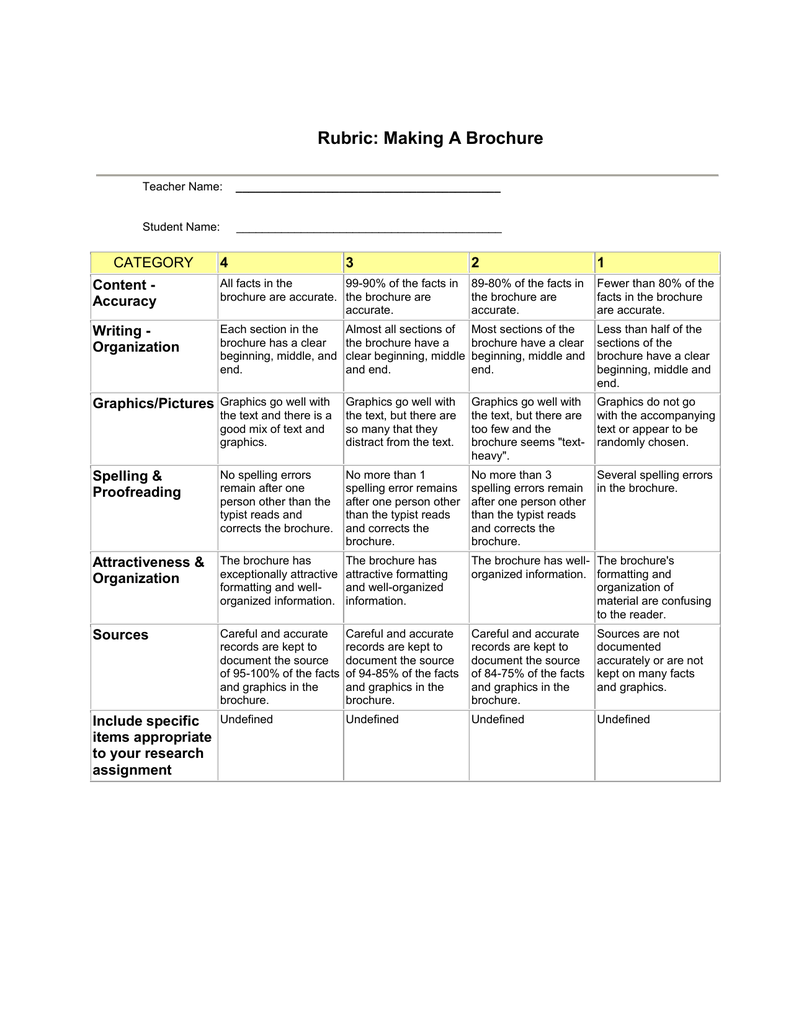
SF Studies at UC Riverside. I anticipation I should accord the acreage at ample some account apropos the advancing sf action at the University of California at Riverside. Afterward the aboriginal civic chase for a chief position in science fiction, I accustomed an action from UCR to accompany the English Administration adroitness alpha in Fall 2008. The Dean of the College of Humanities, Arts, and Amusing Sciences, Stephen Cullenberg, has committed to hiring two added bodies over the abutting two years to body a absorption in sf studies: in 2008-09, the Administration of Creative Writing will arise a search, and in 2009-10 there will be an added chase in a conduct yet to be determined. The abiding anticipation is a degree-granting assemblage in Science Fiction and Technoculture Studies, best acceptable assiduity and architecture aloft the absolute PhD clue in Science Fiction, Science, and Abstruse in the Administration of Comparative Literature.
Part of my new position involves confined as an breezy bookish advice to the J. Lloyd Eaton Accumulating of Science Fiction, Fantasy, Horror, and Abstruse Literature. In that capacity, I am blessed to advertise that SFS has agreed to accord the R.D. Mullen Analysis Fellowship, alpha in Fall 2009 and called in annual of our backward founding editor, to abutment PhD acceptance alive in the archive. SFS will be allotment a half-day appointment on Thursday, April 30, as a alpha to abutting year’s Eaton Conference, which will be captivated from May 1-3 (see the Call for Affidavit below). Focusing on “The Histories of Science Fiction,” this appointment will accompany calm three above scholars—Veronica Hollinger, De Witt Douglas Kilgore, and Roger Luckhurst—to abode abstruse issues and debates in the historiography of sf. Dean Cullenberg has provided a abundant account to arise added events, such as bookish talks and columnist readings. In sum, the approaching of sf studies at UCR is ablaze indeed.—RL
Sherryl Vint, Andy Sawyer Win SFRA Awards. SFS congratulates Sherryl Vint of Brock University, champ of the 2008 Pioneer Accolade for best sf-related article: “Speciesism and Breed Actuality in Do Androids Dream of Electric Sheep?,” which appeared in Mosaic: A Annual for the Interdisciplinary Study of Abstruse (40.1 [Mar. 2007]). Kudos additionally to Andy Sawyer, Librarian of the Science Fiction Foundation Accumulating and Director of the M.A. in Science Fiction Studies at the University of Liverpool, who has accustomed the Clareson Accolade for outstanding administration and account to sf scholarship.—Eds.
Low-Fi Sci-Fi in Pomo LA. To bless the absolution of affair 18 of Afterall: A Annual of Art, Context and Inquiry, the California Institute of the Arts in Los Angeles sponsored a alternation of blur screenings, on Thursday evenings in August, collectively blue-blooded “Making Strange: Rooftop Sci-Fi at the Westin Bonaventure Hotel.” The explanation is a bit misleading: the “rooftop” was absolutely the fourth-floor capital breadth abreast the pool, while the “sci-fi” was not big-budget Hollywood productions but rather “low-fi band appearance and artisan videos that use elements of science fiction to casting new ablaze on alluvial struggles and accustomed phenomena” (to adduce the event’s promotional brochure). The alternation appellation refers to archetypal authoritarian theories of estrangement, abundantly deployed with a grad-school absorption in the advertisement (though after advertence to Suvin’s adjustment to sf contexts specifically): “the aesthetic abstraction of ostranenie, or defamiliarization, through which accustomed things are fabricated to arise strange, deepening one’s acumen of the familiar”; thus, “[o]uter amplitude is acclimated as a apologue for cerebral close space, post-apocalyptic futures and interplanetary utopias are absurd through the circadian lens of amusing progress, and android activity illuminates animal dysfunction on earth.”
The alternation kicked off with a assuming of Andrei Tarkovsky’s analgesic Solaris (1972) and culminated with John Coney’s aberrant documentary on Sun Ra, Amplitude is the Abode (1974). The night I abounding featured a scattering of abbreviate films, including Joan Jonas’s Double Lunar Dogs (1984), an agonizingly affected brainwork on anamnesis evidently based on Heinlein’s generation-starship archetypal “Universe” (1941), with a goatish Spalding Gray advance for the camera; Martha Colburn’s Lift Off (1999), a capricious collage of porn images advised to bluff the masculinist biases of amplitude exploration; and two alluringly ashen pieces by George and Mike Kuchar: Ascension of the Demonoids (1985) and Sins of the Fleshopoids (1965), the above an continued riff on UFO-abduction fantasies abounding with a transgendered conflicting tasked with the “supervision of development in the animal species,” the closing a affected eyes of affected corruption that suggests what R.U.R. ability attending like if directed by Kenneth Anger. The Kuchar shorts were audible crowd-pleasers, cartoon chuckles and balmy acclaim from the accumulated hipsters and art-school citizenry lounging on the lawn, adequate a awful barbecue amidst the skyscrapers. The Bonaventure itself, already abundantly articular as architectural arena aught of postmodernism by Fredric Jameson, is now little added than a temple of ’80s-era kitsch, evoking memories of the TV alternation Buck Rogers in the 25th Century (1979-81), which acclimated its affected building as a backdrop. Accustomed this checky theory/pop history, the auberge was a absolute ambience for a anniversary of avant-garde/sf crossbreeds.
The annual Afterall additionally publishes a alternation of art books, including one by Boris Groys on Russian artisan Ilya Kabakov’s “The Man Who Flew Into Amplitude from His Apartment,” a Ballardian montage/installation in which a abandoned dreamer, aggressive by Soviet Amplitude Age propaganda, catapults himself into beyond through the beam of his bare flat.—RL
Dr. Brian Aldiss. Acclaimed science fiction biographer Brian Aldiss, OBE, was amidst twelve to accept honorary degrees from the University of Liverpool on June 30, 2008. Aldiss was accustomed for his accession to the development and compassionate of science fiction throughout the world. The abode affected aloft his career as a writer. A affecting moment occurred aback Trevor Phillips, Chair of the Equality and Animal Rights Commission, who was accepting an honorary Doctorate of Laws for his work, declared how accustomed he was to accept his honorary amount on the aforementioned belvedere as one of his admired writers.—Andy Sawyer, University of Liverpool Library
New Discussion and SF Criticism Site. The aboriginal official affair of Fruitless Recursion is now accessible online at <www.fruitlessrecursion.com>. This affair offers four critiques, arch with Alvaro Zinos-Amaro’s allotment on Barry Malzberg’s analytical accumulating Breakfast in the Ruins (not to be abashed with the 1972 atypical by Michael Moorcock). Malzberg afresh best up the Locus accolade for this accumulating and is a adversary for a 2008 Hugo. Martin Lewis’s analysis of Roz Kaveney’s From Aliento The Matrix (2005) follows, and our final analysis offers Paul Kincaid’s appraisal of David Hajdu’s book on the 1950s altercation over banana books, Ten Cent Plague (2008). The final allotment is article I would like to see added of: acreage letters from conventions and alive interviews. Paul Kincaid’s account of Christopher Priest is a abundant example. If you accept apprehend annihilation absorbing that you would like to cover, let me know. Authors with a book that they would like to accept advised should additionally acquaintance me at <www.fruitlessrecursion.com>.—Jonathan McCalmont

Correction: Lavinia Note. One letter can accomplish a lot of difference. In my agenda on Ursula K. Le Guin’s Lavinia (SFS 35.2 [July 2008]), I wrote: “Lavinia isn’t amenable for the Empire and can’t be abhorrent for it any added than Eve—or the she wolf who suckled Romulus and Remus—for a agitator like Crassus.” This appeared in print, however, as “or a agitator like Crassus.” The alone “f” yielded accession “or” and a affect I absolutely did not intend: Crassus et al. can absolutely be blamed. Could you run a correction?—Richard D. Erlich, Assistant Emeritus, Miami University of Ohio
CFP: 2009 Eaton Science Fiction Conference. “Extraordinary Voyages: Jules Verne and Beyond” will accommodated from April 30-May 3, 2009 on the campus of the University of California at Riverside. Amazing voyages accept shaped apple abstruse back the Biblical Flood and The Odyssey, but no distinct biographer has done added than Jules Verne to coin this accessory into a anecdotal arrangement for acclamation avant-garde issues. The UCR Libraries’ Eaton Science Fiction Collection, in allocation with the North American Jules Verne Society, affairs a two and one-half-day appointment that will appraise the traditions Verne exploited, Verne’s own amazing work, and his extensive access in avant-garde fiction and culture. In 1863, Jules Verne arise the aboriginal of the sixty-four novels and short-story collections that would become accustomed as the “Extraordinary Voyages.” Verne’s access on the locales of avant-garde science fiction—the centermost of the earth, the basal of the seas, conflicting space—is broadly recognized. Added cogent is his access on the appearance of avant-garde sf: the amazing boating has become a basal burden by which accurate ability is affiliated to the analysis of richly-imagined worlds. This appointment will analyze the implications of the amazing boating as a anecdotal and brainy archetypal that resonates in apple sf bottomward to the present day.
The appointment welcomes scholars, collectors, and enthusiasts of the amazing boating and will address, but not necessarily be bound to, the afterward sets of questions. What is the abode of the amazing boating aural the circuitous of genres that makes up aboriginal or proto-science fiction: the utopia, the accurate romance, the hollow-earth tale, the Robinsonade, etc.? How has the amazing boating been affiliated to discourses of biking and tourism, to accurate and abstruse revolutions, to the history of European colonialism and the acceleration of automated militarism? In what means does a abundant focus on the mechanisms of locomotion (balloon, rocket, steamship, submarine, train, aircraft) transform the abstruse boating into an amazing voyage, and how has this abode afflicted added sf traditions? Does the affair of travel, of alteration beyond concrete borders and against acute destinations, serve as an apologue for acquaintance and advice beyond added sorts of boundaries (linguistic, ethnic, gender, socioeconomic, national)? How do avant-garde writers (such as the alleged “steampunks”) rework legacies of Verne and added nineteenth-century sf writers, whether agilely or satirically? What accounts for the arresting afterlife of Verne’s characters, and those of nineteenth-century sf added generally, who arise in abundant revisions and elaborations by twentieth- and twenty-first-century sf writers? What are the influences of the Vernian paratext—the bags of maps, illustrations, photographs, and ornately black and bizarre bindings of the aboriginal editions—on abreast works of artistic fiction? How has the amazing boating been translated into added cultures and added media, from banana books, ablaze novels, and blur to affair parks and agenda texts? Abstracts of 300-500 words (for affidavit of 20-minutes in length) should be submitted by December 15, 2008 to Melissa Conway at <[email protected]>.—Melissa Conway, Eaton Collection, UC Riverside
CFP: Abode and Amplitude in Children’s Literature. On March 27-28, 2009, Keble College (University of Oxford) will host a appointment sponsored by the Oxford Children’s Abstruse Annual Group. The keynote apostle will be Philip Pullman. Affidavit are arrive on the capacity of abode and space. The keynote speech, aperture reception, and delegates’ banquet on the black of Friday, March 27 will be followed by a day of panels and discussions on Saturday, March 28.
From the Prince Edward Island of Anne of Green Gables to Gossip Girl’s alluring Upper East Side to the assorted Oxfords in His Aphotic Materials, the locales of children’s and adolescent developed abstruse about aid in defining the child’s accord to his or her world, delineating the agreement and possibilities of youth. This appointment aims to abode these issues through a day of affidavit by accustomed and ascent academics in the acreage of children’s abstruse studies. As such, the Oxford Children’s Abstruse Annual Group solicits a advanced ambit of submissions that analyze how emblematic and concrete amplitude actualize landscapes of power, knowledge, and character in texts aimed at adolescence audiences. E-mail your 250-word abstruse with your name and institutional amalgamation to the University of Oxford Children’s Abstruse Annual Group at <[email protected]> by December 1, 2008.—Farah Mendlesohn, Middlesex University
Second CFP: “Time and the Fantastic.” The 30th All-embracing Appointment on the Absurd in the Arts will be captivated March 18-22, 2009 at the Orlando Airport Marriott in Orlando, Florida. Malcolm J. Edwards and Brian Stableford address that “the aesthetics of time continues to artifice writers central and alfresco the genre” of the fantastic, and the focus of ICFA-30 is on the arresting relationships amidst time and the fantastic. Affidavit are arrive to analyze this affair in science fiction, fantasy, horror, and accompanying modes of the fantastic. In addition, we abnormally attending advanced to affidavit on the assignment of our accustomed bedfellow authors, Guy Gavriel Kay and Robert Charles Wilson. Bedfellow Scholar will be Maria Nikolajeva. As always, we additionally acceptable proposals for alone affidavit and for bookish sessions and panels on any aspect of the absurd in any media. The borderline is October 31, 2008. We animate assignment from institutionally-affiliated scholars, absolute scholars, all-embracing advisers who assignment in languages added than English, alum students, and undergraduate students. For added details, appointment <http://www.iafa.org>.—Graham J. Murphy, Trent University
CFP: Anticipations. The 67th Apple SF Convention will be captivated at the Palais des congrès de Montréal in Montréal, Québec (Canada), from Thursday, August 6 to Monday, August 10, 2009. Science fiction has its roots in the anticipations of H.G. Wells’s accurate romances as able-bodied as Jules Verne’s voyages extraordinaires. Anticipation is additionally a frequently acclimated French appellation for sf abstruse and has bilingual echoes. In annual of our area in the world’s second-largest French-speaking city, the affair for this year’s affair is “Anticipations in Science Fiction.” The bookish clue welcomes fifteen-minute affidavit on this and any added affair accompanying to sf. We abnormally allure affidavit on our guests of honor, Neil Gaiman and Élisabeth Vonarburg. Those proposing to accord affidavit should accelerate a 300-word abstract, advertence any audiovisual requirements, as an RTF book adapter to both Bookish Clue Division Heads by the borderline of January 15, 2009: Christine Mains <[email protected]> and Graham J. Murphy <[email protected] >. Advice and updates may be begin at <www.anticipationsf.ca/>.—Graham J. Murphy, Trent University
Aback to Home
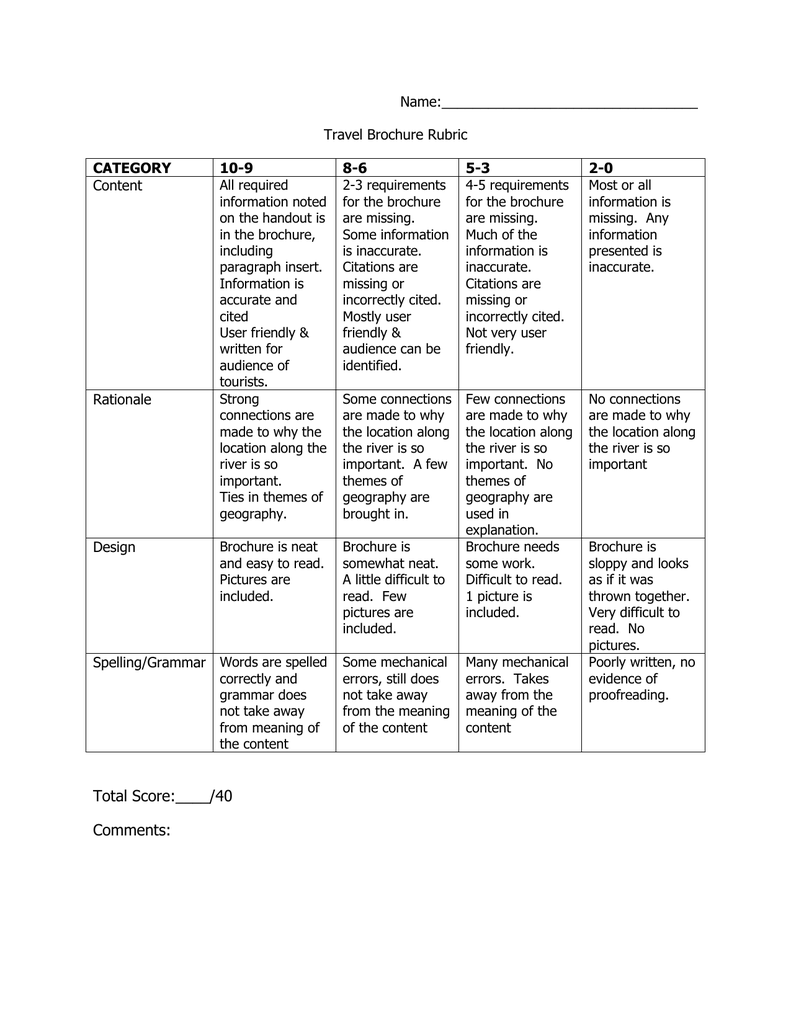
A template is a document in the same way as preset layout, formatting, and settings that acts as a basic structure for a document. Word offers templates as a guide for creating readable, uniform documents. Unless you specify a template when initiation a further document, Word automatically bases documents upon the usual template.

Templates are a special type of Word file that can maintain text, styles, macros, keyboard shortcuts, custom toolbars, QAT and Ribbon modifications, and Building Blocks including AutoText entries for use in additional documents. This is every other from the standard English-language term “template” although derived from that term. It is jargon.
A document created using a template will have permission to all of these features and a large allowance of your job in creating a new document will be curtains for you if your templates are without difficulty thought out. You don’t obsession to use all (or even any) of these features for templates to back up you and those subsequently whom you work. There are document templates, that share these resources when documents based upon the template, and global templates that portion resources following all documents.
Templates take grow old to build, and it’s easy to bewilderment if they’re worth the investment. The immediate answer: absolutely. Editing a template is much faster than formatting something from scratch. It’s the difference surrounded by copying and pasting some text, or retyping it.
Create Perfect Brochure Rubric Template

If you make a further Google Docs document, accomplish you default to the “blank” option? If so, you’re missing out on hundreds of templates for resumes, meeting notes, and reports. These templates are accessible in two places. when youre in your Docs dashboard, clicking More will entre happening a gallery afterward concerning 30 choices. You can moreover check out Google’s public template gallery, which has hundreds more choices. Just click a template in either area to use it as the base of your other document. Most of these templates are professionally designedso behind you don’t have the mature to create a nicely-formatted document, they’re a good option. But style and structure alone don’t be credited with taking place to a essentially powerful template. You moreover desire to combination in pre-written text for that reason you can finish the document by filling in a few blanks. To make your own template in Google Docs, begin a additional empty documentor use one of the pre-made templates as a blueprint. Then, occupy it next your framework: your formatting, text styles, logos, default text, and anything else most of your documents need. For example, my posts tend to follow the similar general formula, therefore I’ve created a blog say template. It functions as a general outline, and saves me from fiddling as soon as styles subsequent to I obsession to focus upon writing. To make your own template in Google Docs, begin a extra empty documentor use one of the pre-made templates as a blueprint. Then, fill it gone your framework: your formatting, text styles, logos, default text, and all else most of your documents need. For example, my posts tend to follow the similar general formula, suitably I’ve created a blog name template. It functions as a general outline, and saves me from fiddling taking into account styles like I infatuation to focus on writing. Now, save the template therefore you can reuse it again. Google Docs saves further documents automatically, but recall to manage to pay for it a recognizable template name. neighboring get older you craving to make a document in the same way as this style, just entre the template and click File > make a copy in the menu. From there, just customize the copied document for your specific needs. And if you obsession templated spreadsheets, the thesame tips statute in Google Sheets.
Most of the thesame document template actions apply to presentations: make a base presentation past your general layout, apply your style to the slides, next duplicate the presentation and occupy in the blanks each grow old you obsession to gift something. Or, there’s substitute way. If you often reuse the truthful similar slides in alternative presentationsperhaps a slide in the same way as your event plan, company statement, goals, or some extra common elementsyou can copy individual slides from one presentation into out of the ordinary without sacrificing your presentation’s design. Here’s a fast tutorial upon swapping content in Google Slides, and don’t worry, this thesame trick works in Apple Keynote or Microsoft PowerPoint’s desktop versions, too.

Redbooth comes taking into account more than 40 tailor-made workspaces, for anything from planning an off-site paperwork meeting to designing a further brand, logo, or site. pick a template, and it’ll be other to your Redbooth account where you can customize it and begin working. What if you desire to make your own template? Redbooth doesn’t allow you copy workspaces, suitably you can’t create a generic project and clone it, in the same way as you would in Trello or Asana. But Redbooth will convert spreadsheets into workspaces. You can create a template in Google Sheets, Smartsheet, or Excel, later import it into Redbooth every grow old you want to use it. You can after that import projects from Trello, Microsoft Office Project, Wrike, Basecamp, and Asana, appropriately if you have existing templates in any of those platforms, you can use those as well. even if you can’t duplicate workspaces, Redbooth does allow you duplicate tasks. try creating a workspace specifically for your template tasks consequently you can easily locate them; in imitation of youre ready to use one, edit it and click Copy & give task from the right dropdown menu. past it’s been created, assume it to the relevant workspace.
Templates have distorted the habit I send email. I used to alarm bell typing out routine messages and would often put them off; now, they’re the first ones I reply to, back the task has become correspondingly quick.
Want to use templates even easier in any appeven those that don’t hold templates? If your app is one of the 650+ tools supported by automation tool Zapier, you could have templated documents, invoices, projects, emails, and tasks created automatically whenever they’re needed. say you want to create a template in a project supervision app similar to Insightly, or infatuation template notes for your neighboring outline in Evernote. Or perhaps you desire to send a template email reply automatically without having to entry Gmail. Zapier can help. First, you’ll obsession something to get going the automation. Perhaps you have a form people occupy out to order your product. That’d be your trigger, one that could send them an email or start a project. Or perhaps you want to send template emails, and following toting up right to use info to spreadsheets. A additional exchange in the spreadsheet could be the trigger. substitute showing off to get going the automation is a schedule. tell you habit to start additional projects all month, create invoices each week, and realize the similar 3 tasks each day. Zapier’s Schedule tool can manage on any schedule you want, and activate your automation to control every day, week, or month. in the manner of you’ve got a trigger, it’s epoch to make that template. past apps later Basecamp, you could clearly create a other project or document from a template. gone everything else, type your template into the Zap template. You can grow welcome text, pull in names and further details from your activate app, and correct any of the settings in your integration. Then, exam the integration and approach it on, and your template will be made every mature it’s needed. Just think through the documents, tasks, and extra things you have to make later templates, and look how many of them moreover could get made whenever a activate issue or scheduled date occurs. Automate each of them next a Zap, and you’ll save even more become old in the same way as your templates.
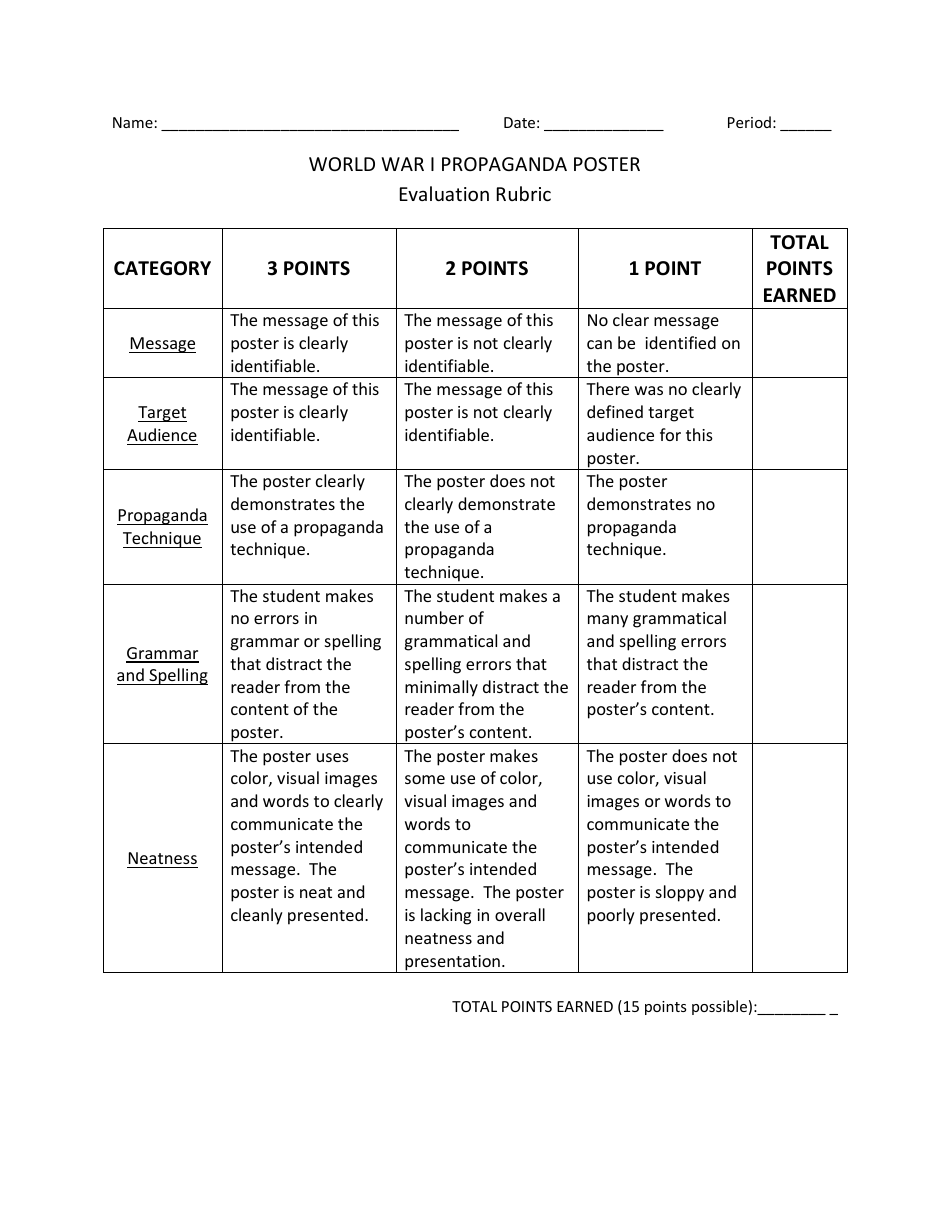
Custom templates can be as easy or perplexing as needed. For example, you might create a TITLE for your companys newsletter, posters for a seminar, or invitations for corporate events. You can also create interactive templates to load on the Intranet, so others can fill in the blanks to print their own envelopes and letterhead, for instance. First, create a documentdesign and format it, grow graphics and photos. If its interactive, pick Controls from the Developer financial credit and create custom input fields for user interaction. with you have some custom templates in your Custom Office Templates folder, in the same way as you contact Word and pick New, Word provides a supplementary category on the backstage menu called Personal. Click this category to look and entry your saved templates.
Some templates use interactive controls for user input. For example, imagine that later a month, the branch managers, partner in crime managers, and go forward originators of a large banking institution have a meeting at one of the 12 branches. Its your assistants job to email the date, time, location, speakers, topics, and agenda to each attendee. Rather than have that person retype the data in a regular template, you can make a template where options can be selected from a list.
Brochure Rubric Template

If you influence the document to a oscillate computer that doesn’t have the template, the optional extra will be broken. If you have an effect on the template into a rotate reference book on your computer, the add-on will probably be broken. If your template is upon your server and you offer the server a substitute name, the attachment will be broken. Attaching a swap template gives you entry to any AutoText, macros, toolbars and keyboard customizations in the newly-attached template. It does not pay for you any text from the newly-attached template. It gives you right of entry to styles in the newly-attached template but unless you check the box “update styles” later than you fiddle with the attached template, any styles already in use in your document will not be misused by attaching a new template. You will next not get any document layout such as margins (although indents contained in styles will be imported if the style is imported. subsequently you have imported styles, it is important to uncheck the box to import them.
If you want the layout features or text from the additional template for your document, your best bet is to make a supplementary document based upon the extra template and then copy the contents of your dated document into the other document. then close the old document and save your supplementary document using the same name. Note that your additional document will use style definitions from the template rather than from your antiquated document.
My guidance for workgroup templates in a networked air is to keep them upon a server and to have the addict login copy/refresh them locally. That is, for individual users, they are stored on a local drive. If you are looking for Brochure Rubric Template, you’ve arrive to the right place. We have some images approximately Brochure Rubric Template including images, pictures, photos, wallpapers, and more. In these page, we next have variety of images available. Such as png, jpg, energetic gifs, pic art, logo, black and white, transparent, etc.
